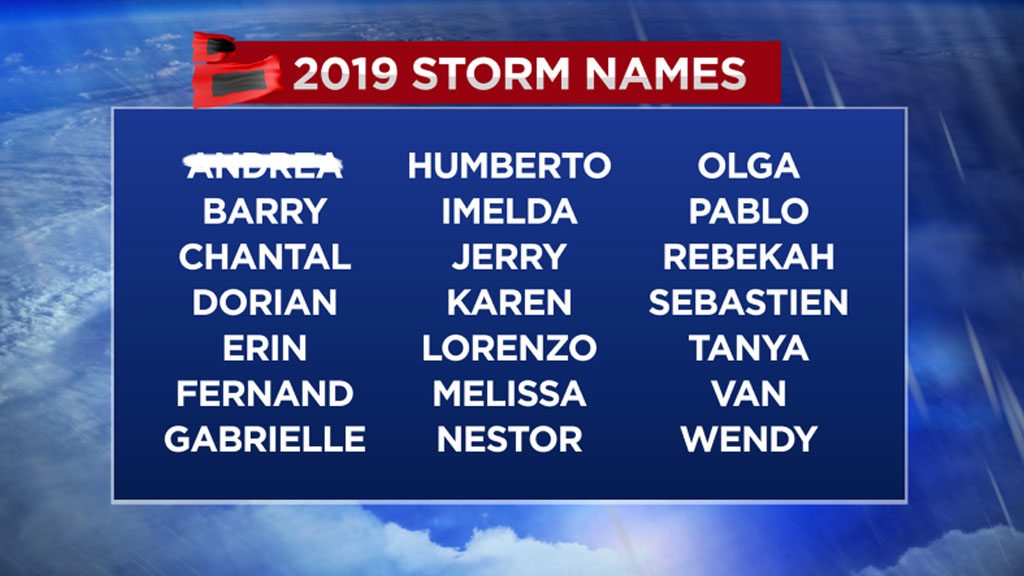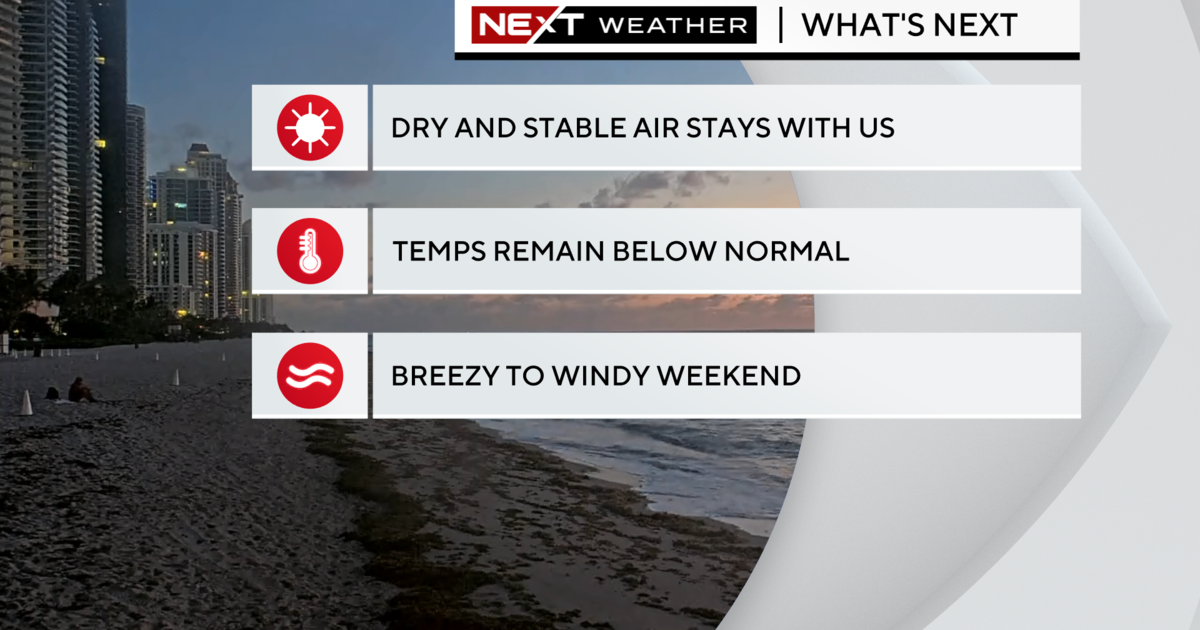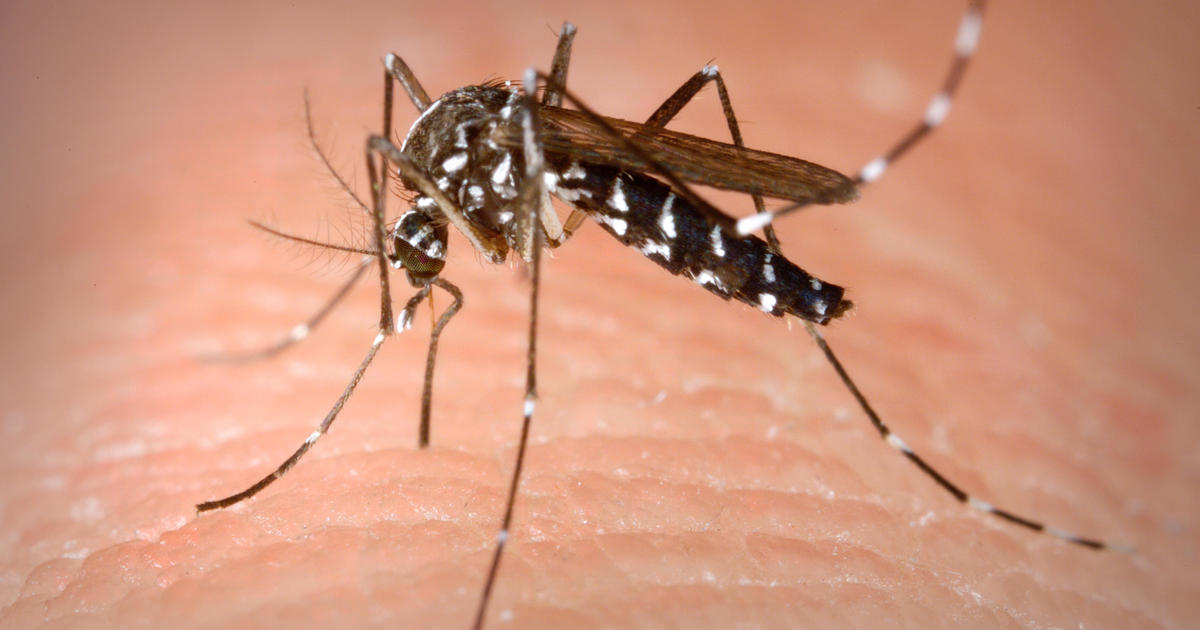NOAA Predicts Near Normal Hurricane Season
MIAMI (CBSMiami) — U.S. government forecasters have released their 2019 prediction for how many hurricanes and tropical storms they expect to form over Atlantic and Caribbean waters in the next six months.
The six-month Atlantic hurricane season officially starts June 1.
The National Oceanic and Atmospheric Administration forecast calls for a 70-percent chance of:
- 9-15 named storms (top winds of at least 39 mph)
- 4-8 hurricanes (top winds of at least 74 mph)
- 2-4 major hurricanes (category 3 or higher)
 (CBS4)
(CBS4)
These numbers are based on probabilities of a 70% chance of a near normal hurricane season, according to NOAA.
However, there are competing factors taking place with this forecast including El Nino, which can suppress hurricane activity in the Atlantic and warmer than normal seawater.
"Atmospheric and ocean conditions that factored into this outlook include competing signals, explained NOAA Administrator Neil Jacobs. "On one hand, the ongoing El Nino is expected to persist and suppress activity in the Atlantic Hurricane Season. On the other hand, a combination of warmer than average sea surface temperatures in the tropical Atlantic and Caribbean, combined with an enhanced West African monsoon, favor increased activity."
Last year had 15 named storms, eight hurricanes and two major ones, Florence and Michael. The Atlantic averages 12 named storms a year, with six becoming hurricanes and three major storms.
It's important to note that NOAA's outlook is for overall seasonal activity and is not a landfall forecast. Hurricane preparedness is critically important for the 2019 hurricane season, just as it is every year.
"Preparing ahead of a disaster is the responsibility of all levels of government, the private sector, and the public," said Daniel Kaniewski, FEMA deputy administrator for resilience. "It only takes one event to devastate a community so now is the time to prepare. Do you have cash on hand? Do you have adequate insurance, including flood insurance? Does your family have communication and evacuation plans? Stay tuned to your local news and download the FEMA app to get alerts, and make sure you heed any warnings issued by local officials."
Jacobs also explained some major upgrades taking place this year.
The 2019 hurricane season marks the first time NOAA's fleet of Earth-observing satellites includes three operational next-generation satellites. Unique and valuable data from these satellites feed the hurricane forecast models used by forecasters to help users make critical decisions days in advance.

NOAA's National Weather Service is making a planned upgrade to its Global Forecast System (GFS) flagship weather model – often called the American model – early in the 2019 hurricane season.
It marks the first major upgrade to the dynamical core of the model in almost 40 years and will improve tropical cyclone track and intensity forecasts.
"NOAA is driving towards a community-based development program for future weather and climate modeling to deliver the very best forecasts, by leveraging new investments in research and working with the weather enterprise," added Jacobs.
The National Hurricane Center and NWS office in San Juan will expand the coastal storm surge watches and warnings in 2019 to include Puerto Rico and the U.S. Virgin Islands.
In addition, NHC will display excessive rainfall outlooks on its website, providing greater visibility of one of the most dangerous inland threats from hurricanes.
Also, this season, NOAA's Hurricane Hunter aircraft will collect higher-resolution data from upgraded onboard radar systems. These enhanced observations will be transmitted in near-real time to hurricane specialists at NHC, the Central Pacific Hurricane Center and forecasters at NWS Weather Forecast Offices.



